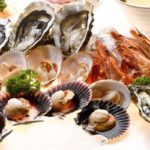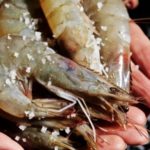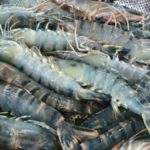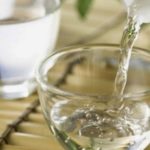Shrimp is a seafood that many people love because of its delicious and nutritious taste. Shrimp is high in protein, low in fat, low in calories, and rich in calcium…
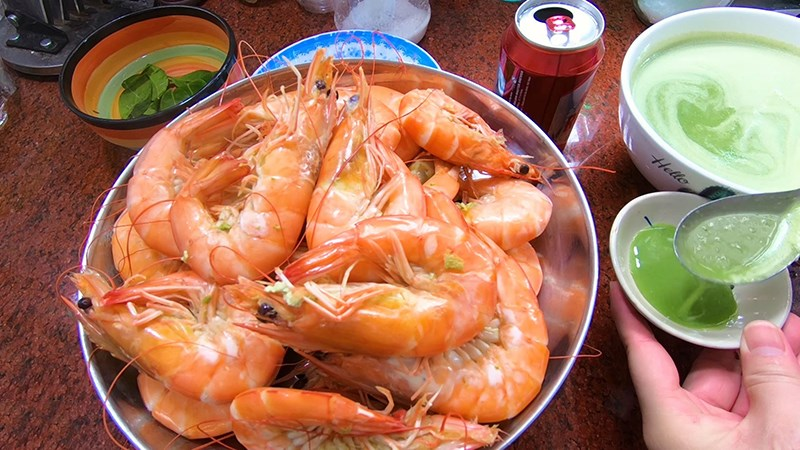
Shrimp can be grilled, boiled, steamed, fried, stir-fried, cooked in soup… all of which create delicious dishes. However, boiling shrimp is the simplest way to cook it while preserving the delicious taste of the ingredients. Many people don’t know how to boil shrimp properly at home, resulting in bland and fishy shrimp.
To boil delicious shrimp, you need some tips below.
Choose good shrimp
To have tasty boiled shrimp, you need good ingredients. When buying shrimp, look at the shells. Fresh and good-quality shrimp often have shells that are white-green in color, while male shrimp have a pale yellow color. The shrimp shells should be bright, clean, and intact with the head and legs firmly attached to the body.
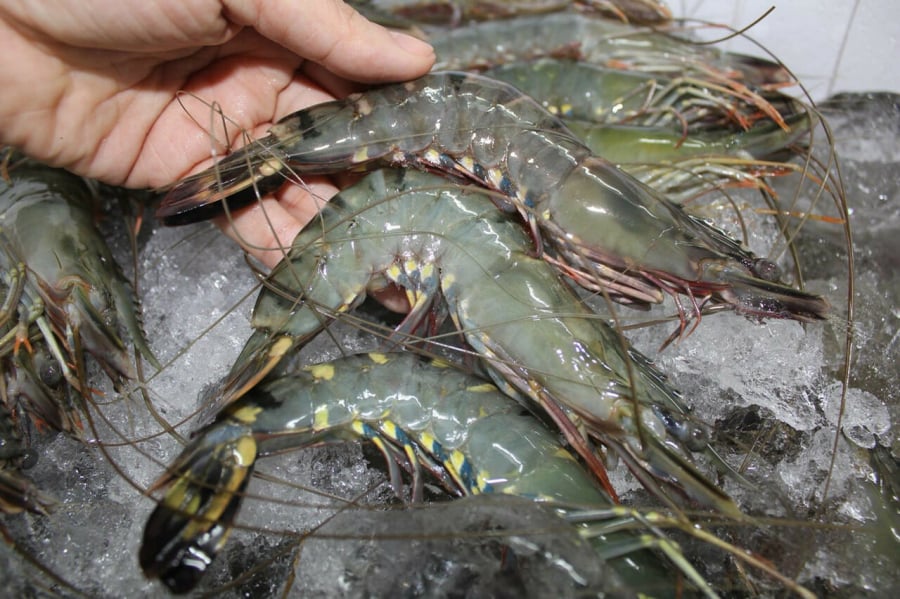
When buying frozen shrimp, you should choose the ones that have a curved shape. These are shrimp that are still alive before freezing. Shrimp that is no longer fresh and is frozen usually have a straight shape because they have lost their strength and their bodies become limp.
Prepare the shrimp
When you bring the shrimp home, rinse them thoroughly with water and remove the black vein inside. You can use scissors to trim the shrimp whiskers, but do not remove the shells, heads, and tails of the shrimp. Leaving the shrimp intact will preserve more nutrients and the appearance of the shrimp will also be more attractive.
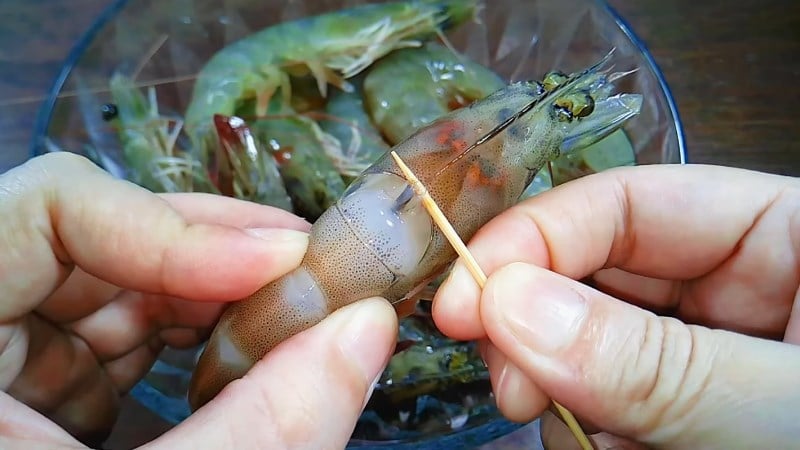
Use a toothpick to remove the black vein on the shrimp’s back.
Add a tablespoon of salt to a bowl of water and soak the shrimp for a while to clean them thoroughly. Then, remove the shrimp and rinse them again with clean water.
Some tips for boiling shrimp
Boiling shrimp in hot water or cold water?
Place a pot on the stove, add enough water, you don’t need too much water because it will dilute the shrimp flavor.
Add sliced ginger, lemongrass, lightly crushed and cleaned spring onion leaves to the boiling water. When the water is hot but not fully boiling, add the shrimp. Then, add a little salt and white wine, cook for about 2-3 minutes (depending on the size of the shrimp). The wine will help remove the fishy smell and make the shrimp turn a beautiful red color.
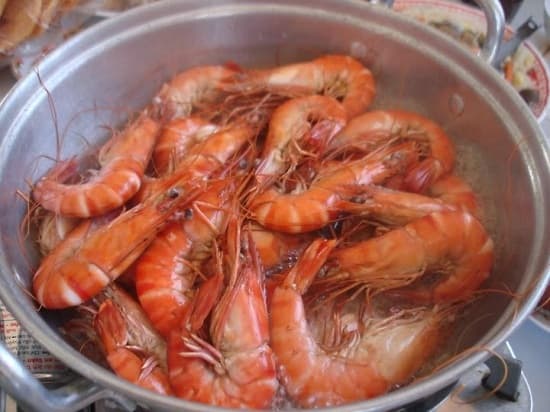
Wait for the shrimp to curl up, and the entire shell turns to a red color, then immediately remove them to a plate.
If you use cold water, it will increase the cooking time and reduce the sweet taste and nutrition of the shrimp. If you bring the water to a boil before adding the shrimp, the shrimp will shrink quickly, causing the shrimp to lose its delicious taste.
Many people suggest that after boiling the shrimp, you can put them in ice water to make them firm and the meat more delicious. However, with seafood, we usually eat them hot to avoid them becoming fishy. Therefore, there is no need to soak the shrimp in ice water before eating.
Boiling frozen shrimp
If boiling frozen shrimp, thaw them at room temperature first. Then, put a pot of water on the stove, add ginger, lemongrass, spring onion, salt, and cooking wine. Bring to a boil, then add the shrimp and cook for about 3-5 minutes (depending on the size of the shrimp).
Boiling shrimp without using water
If you’re worried about the shrimp becoming bland, you can choose not to directly add the shrimp to the water.
Place lemongrass and ginger slices at the bottom of the pot. Then, place the cleaned shrimp on top. Add 1-2 teaspoons of whole peppercorns and 30ml of white wine. Cover the pot and boil the shrimp for about 5 minutes over medium heat.
When the shrimp curls up and the entire shell turns a pinkish-red color, open the pot and reduce the heat. If you let the wine evaporate for about 2 more minutes, it will be ready to serve.
How to Choose Fresh Seafood: Important Cabinet Tips
In recent years, concerns have been raised over the practice of injecting urea and chemicals into seafood, making it difficult to find safe and fresh options. To help, DienmayXANH.com offers some tips on how to select the best seafood available. Seafood is a rich, delicious, and nutritious source of food, and this advice will help ensure you make the most of it.
Seafood Prices Soar as High as Multiple Millions in Vietnam Markets
Have you ever tried the deliciously tantalizing sea worms? These highly sought-after seafoods can fetch prices of up to several million dong. Let’s dive deeper into this fascinating seafood dish.

